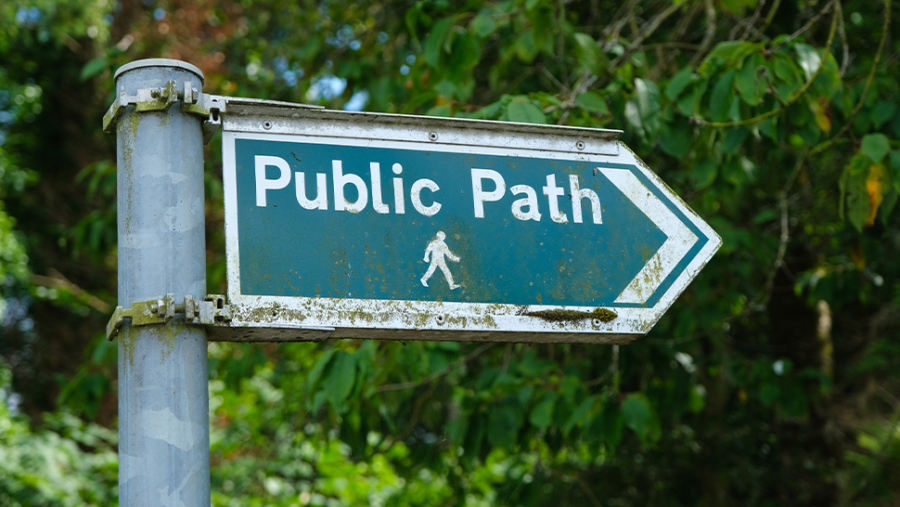

You may be aware that the Countryside and Rights of Way Act 2000 (CRWA) introduced a provision for a cut-off date of 1 January 2026 for the recording of historic rights of way. This was seen as an opportunity to bring more certainty for the public and landowners alike. In short, if a public right of way was created before 1 January 1949 and is not shown on the definitive map for the area on the cut-off date, then it is extinguished immediately and cannot be recorded.
There had been some recent indication that the government was going to repeal the cut-off provisions. However, on 22 March 2023, they announced the cut-off date in England will be extended to 1 January 2031 as part of wider rights of way reforms. The indication is that Wales may still repeal the provisions.
Why is the 2031 cut-off date important to landowners?
The cut-off date provisions generated a lot of interest and publicity from user groups who are reviewing historical maps and documents in an effort to ensure no historical rights of way are lost. Unfortunately, many landowners will experience shock and surprise when they first hear of applications to record a public footpath or bridleway over their land which, if correct, possibly has been long forgotten about and unused for more than a century.
What has been spoken about less is that the cut-off date will also prevent the removal or modification of historical public rights of way wrongly recorded on the definitive map. Section 55A of CRWA, once in force, will prohibit any modification to the definitive map and statement which might affect the exercise of the public right of way – and is based solely on evidence the route did not exist before 1 January 1949.
This is important to landowners because any historical errors on the definitive map and statement cannot be changed after the cut-off date. Thereafter, you cannot apply to remove or downgrade a wrongly recorded route, and even applying to modify a wrongly recorded line or width of a route may be difficult if it ‘might affect the exercise’ of the public right of way.
Accordingly, as a landowner, if there are mistakes on the definitive map or statement which you wish to be corrected then you must act now before it is too late. Similarly, if there is an application to record a historical public right of way then you must defend it now as you will not get a second chance.
How do you apply for the removal of a wrongly recorded route?
A landowner can apply to the local surveying authority responsible for public rights of way in their area under Section 53(3)(c) of the Wildlife and Countryside Act 1981 (WCA) for a modification of the definitive map and statement where evidence shows:
- That a highway shown in the map and statement as a highway of a particular description ought to be shown as a highway of a different description – i.e., to downgrade a recorded route, for example from bridleway to footpath
- That there is no public right of way over land shown in the map and statement as a highway of any description, or any other particulars contained in the map and statement require modification, i.e., to remove or change the line or width of a recorded route.
Applying to remove, downgrade or amend an existing route wrongly recorded on the definitive map and statement is not an easy task. The starting presumption is that a right of way shown on a definitive map existed in the form shown on the map. The onus is then on you, as the applicant, to rebut this justified by evidence of some substance decided on the balance of probabilities. Obtaining expert advice is recommended.
What this means for you
If you are a landowner with historical public rights of way crossing your land as recorded on the definitive map and statement then you should be considering now whether such routes are correctly recorded, and if not, should you be applying to correct them.
It may seem that the new cut-off date of 2031 is a long way off, but councils can take years to determine applications and the government may not extend the cut-off date again. You do not want to miss your opportunity.










